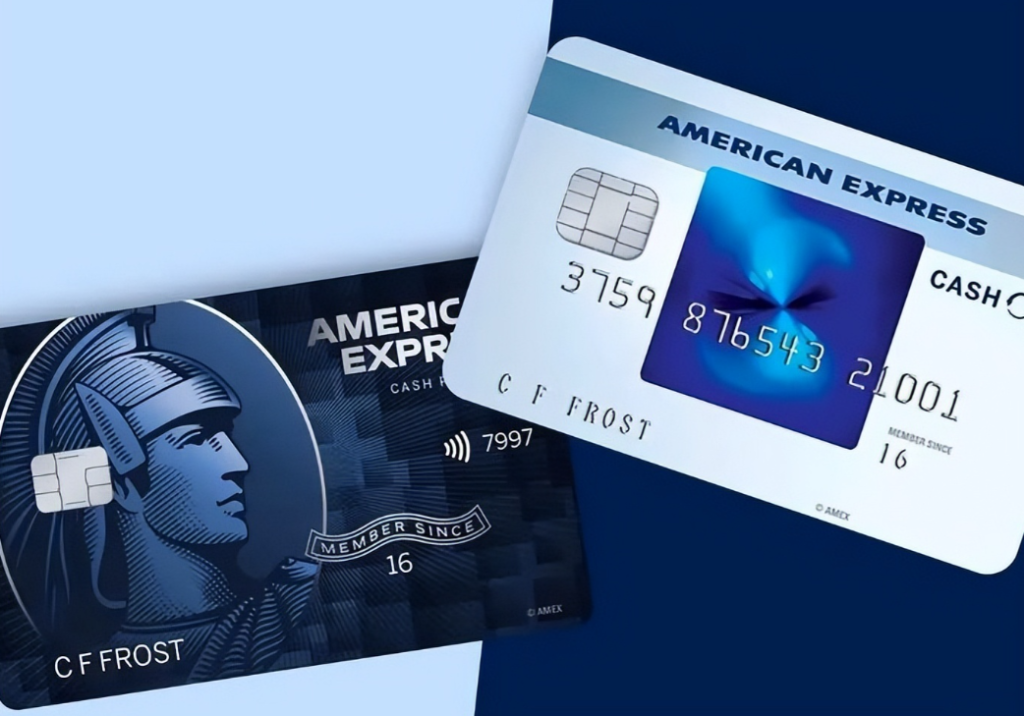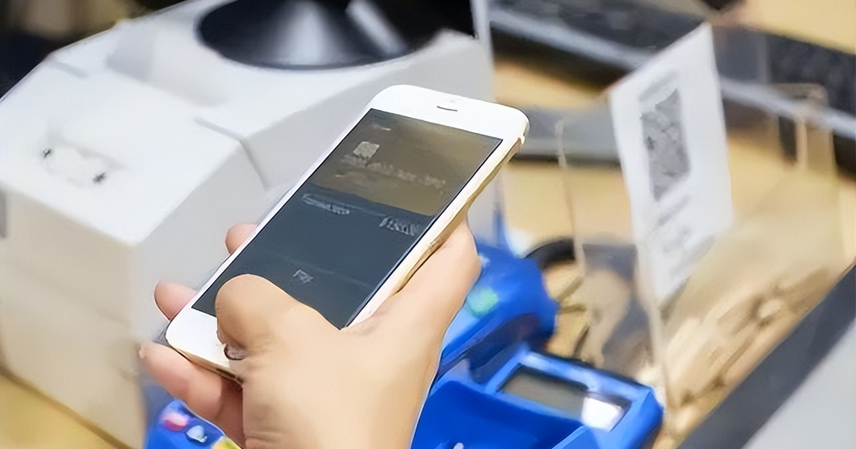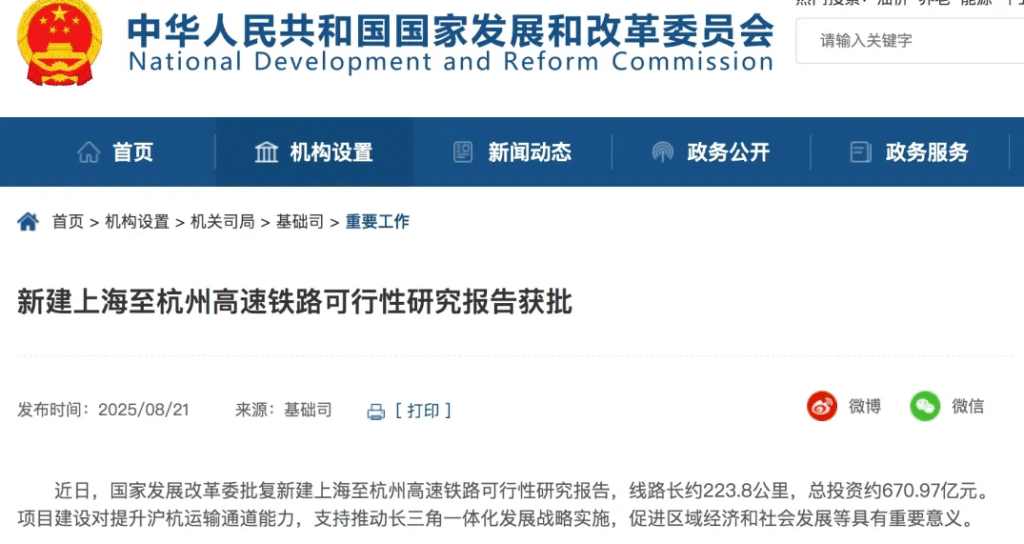In China today, it’s increasingly rare to see people paying with cash. According to the China Payment and Clearing Association, in 2023, 85% of users relied on mobile payments for daily transactions — a steady climb from 78% in 2021. With just a smartphone, nearly every aspect of life can be managed digitally, from groceries to rent.
But outside China, especially in developed Western nations, the story is surprisingly different. While China and some developing countries have embraced the mobile payment revolution, the U.S. and Europe remain anchored to credit cards and cash. Why does this divide exist — and what does it reveal about global cultural and technological narratives?

From the Birthplace of Electronic Payments to Reluctant Adopters
Mobile payment is a branch of electronic payment systems, which first emerged in the United States in the 1970s. By the early 2000s, the U.S. had even filed the world’s first patent for a mobile payment system. Ironically, while the technology originated in America, its mass adoption flourished in countries like China, India, and Kenya.
In the U.S., electronic transactions evolved primarily through bank-based systems — credit cards, checks, and wire transfers. Mobile payments, by contrast, operate largely through third-party platforms, bypassing banks while remaining dependent on their infrastructure. For China, this shift arrived at the perfect time: before credit cards had saturated the market but after smartphones had become universal.
Mobile Payments: The Great Leap Over Banks
In many developing nations, mobile payment technologies helped leapfrog traditional banking infrastructure. For example, Kenya’s M-Pesa, launched in 2007, became a lifeline for millions without bank accounts. By 2018, 73% of Kenyans were using it — not only for shopping but also for salaries and remittances.
China’s trajectory was different but parallel. While its banking system was strong, credit card penetration remained low — just 0.3 cards per person compared to 3.1 in the U.S.. The explosive rise of smartphones and internet connectivity made Alipay and WeChat Pay natural extensions of everyday life.

In short, while Americans relied on banks, Chinese citizens built a parallel financial ecosystem on their phones.
The Cultural Divide: Convenience vs. Privacy
The reasons for the West’s slower adoption aren’t technological — they’re cultural.
In the U.S. and Europe, credit cards are deeply entrenched. Consumers trust them, and merchants are equipped with robust POS networks. For many Westerners, paying by card feels just as convenient as using a phone.
But another key factor is privacy. Western societies have a long-standing skepticism toward digital tracking. Mobile payment systems — which collect detailed data on every transaction — often trigger concerns about surveillance and personal freedom.
In contrast, China’s digital culture is built on integration rather than isolation. People are comfortable merging social, financial, and logistical activities into one digital ecosystem — from chatting to shopping, traveling, and investing — all within a single app.

From “Made in China” to “Designed for the World”: Digital Culture as Soft Power
Here lies the deeper narrative shift.
Mobile payment is not just a technological innovation, but also a cultural export.
The Chinese digital lifestyle — mobile payments, super-app ecosystems, QR codes, digital red envelopes — is now being imitated globally. Southeast Asia, the Middle East, and Africa are adopting Chinese-style payment models faster than Western ones. In many regions, China’s approach is seen not merely as efficient, but as modern and inclusive.
This shift marks China’s transformation from a technological follower to a digital culture leader. The way people in other countries now pay, shop, and interact online increasingly reflects a Chinese-designed paradigm — one that emphasizes speed, connectivity, and collective convenience.
In this sense, China’s digital civilization is shaping global narratives, moving from “Made in China” to “Designed for the World.”
The Hidden Risks of a Cashless Future
Still, the mobile payment revolution brings challenges.
The vast amount of personal data generated can expose users to privacy leaks, data mining, or cybercrime. Moreover, reliance on third-party platforms introduces systemic risks — from network failures to potential abuse by monopolies.
The more cashless a society becomes, the more fragile it may be in the face of technological disruptions or policy changes. The convenience of a digital wallet comes with an invisible cost: trust.

Conclusion: Technology Changes Habits, and Habits Shape Culture
Payment habits reflect more than just convenience — they mirror a society’s values, trust, and relationship with technology.
While the West continues to rely on cards and cash, China’s digital-first economy is redefining what modernity looks like. Mobile payments have evolved from a local innovation into a symbol of China’s global cultural influence — a quiet revolution where technology becomes language, and digital life becomes diplomacy.
References
- Why Mobile Payments Have Not Taken Off in the West, Yangcheng Evening News, 2019.
- China Payment & Clearing Association Report, 2024.
- People’s Daily Overseas Edition, “Global Mobile Payment Trends,” 2017.



